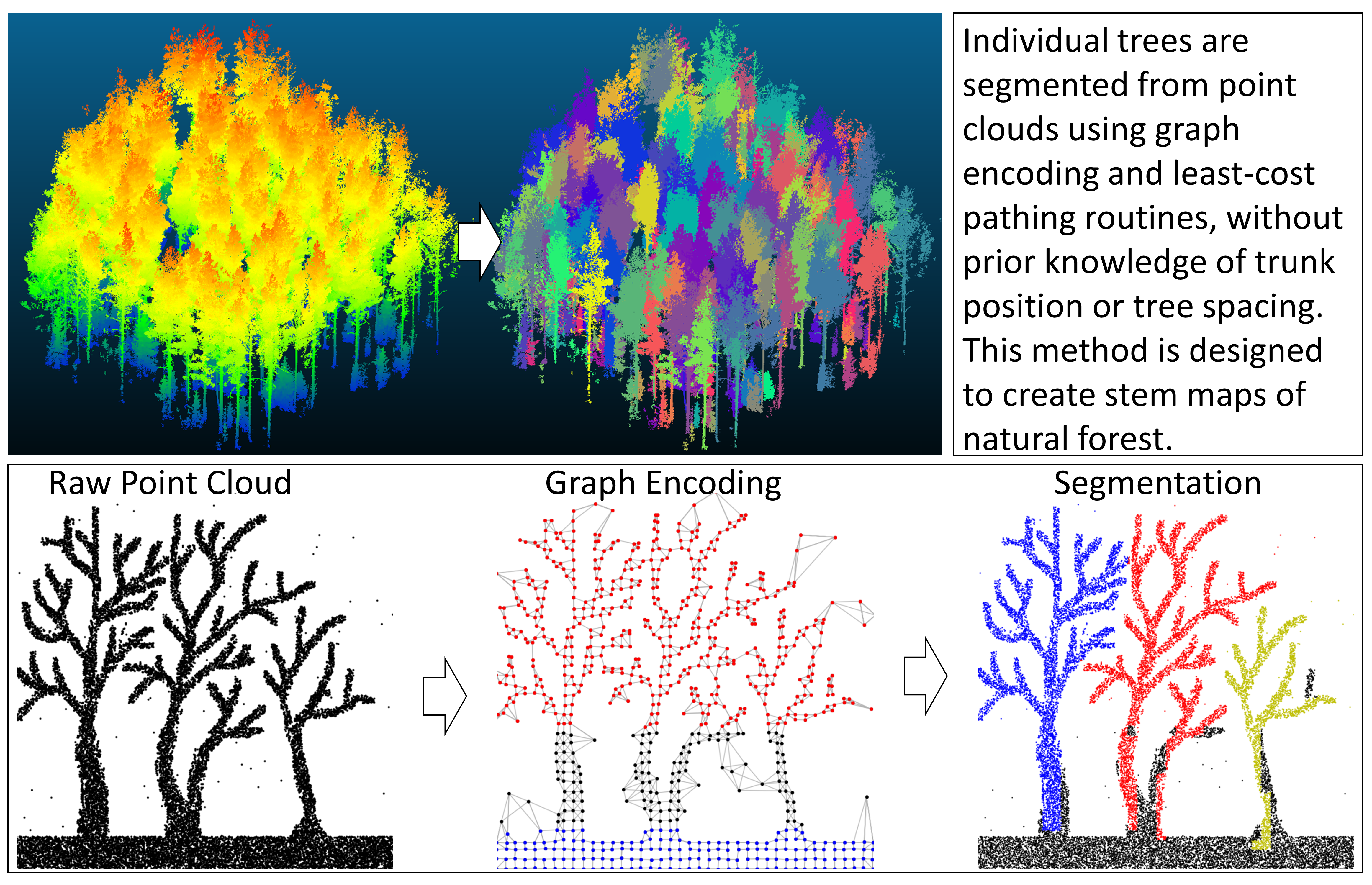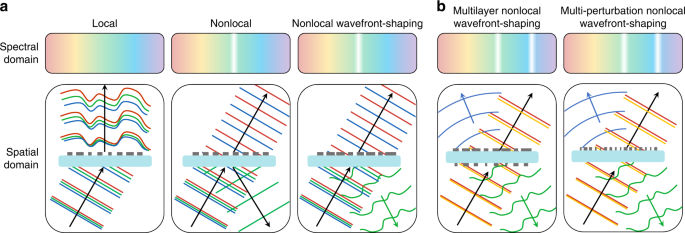2022-10-04 パデュー大学
<関連情報>
- https://www.purdue.edu/newsroom/releases/2022/Q4/purdue-team-introduces-advance-in-automatic-forest-mapping-technology.html
- https://www.mdpi.com/2072-4292/14/17/4274
自動森林マッピングのための教師なしCanopy-to-Root Pathing (UCRP) 木材セグメンテーションアルゴリズム。 An Unsupervised Canopy-to-Root Pathing (UCRP) Tree Segmentation Algorithm for Automatic Forest Mapping
Joshua Carpenter,Jinha Jung,Sungchan Oh,Brady Hardiman and Songlin Fei
Remote Sensing Published: 30 August 2022
DOI:https://doi.org/10.3390/rs14174274

Abstract
Terrestrial laser scanners, unmanned aerial LiDAR, and unmanned aerial photogrammetry are increasingly becoming the go-to methods for forest analysis and mapping. The three-dimensionality of the point clouds generated by these technologies is ideal for capturing the structural features of trees such as trunk diameter, canopy volume, and biomass. A prerequisite for extracting these features from point clouds is tree segmentation. This paper introduces an unsupervised method for segmenting individual trees from point clouds. Our novel, canopy-to-root, least-cost routing method segments trees in a single routine, accomplishing stem location and tree segmentation simultaneously without needing prior knowledge of tree stem locations. Testing on benchmark terrestrial-laser-scanned datasets shows that we achieve state-of-the-art performances in individual tree segmentation and stem-mapping accuracy on boreal and temperate hardwood forests regardless of forest complexity. To support mapping at scale, we test on unmanned aerial photogrammetric and LiDAR point clouds and achieve similar results. The proposed algorithm’s independence from a specific data modality, along with its robust performance in simple and complex forest environments and accurate segmentation results, make it a promising step towards achieving reliable stem-mapping capabilities and, ultimately, towards building automatic forest inventory procedures.



